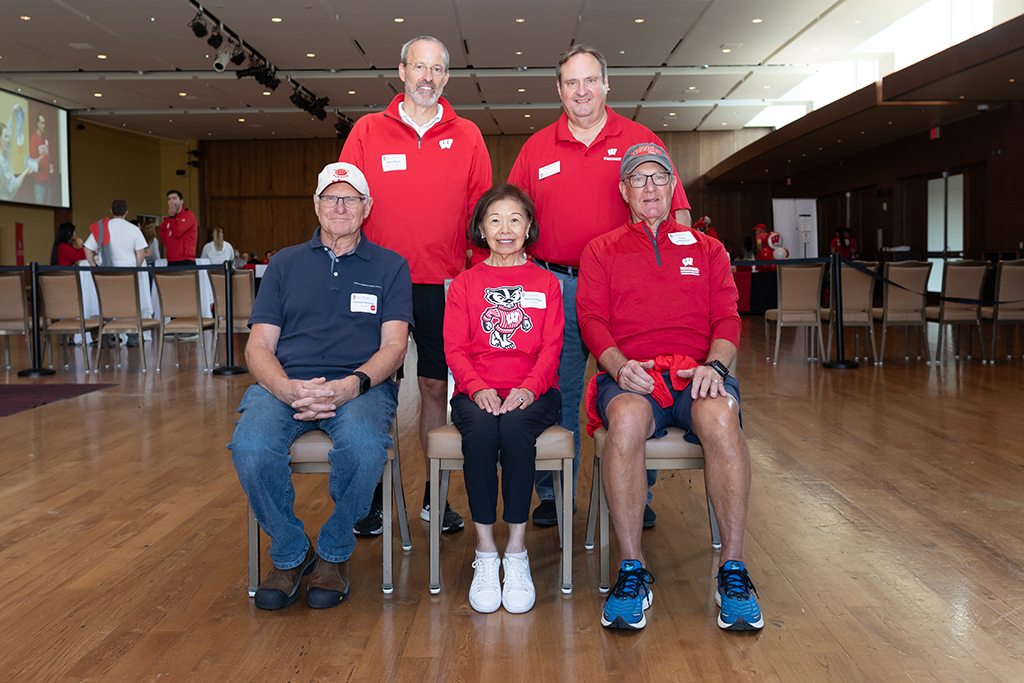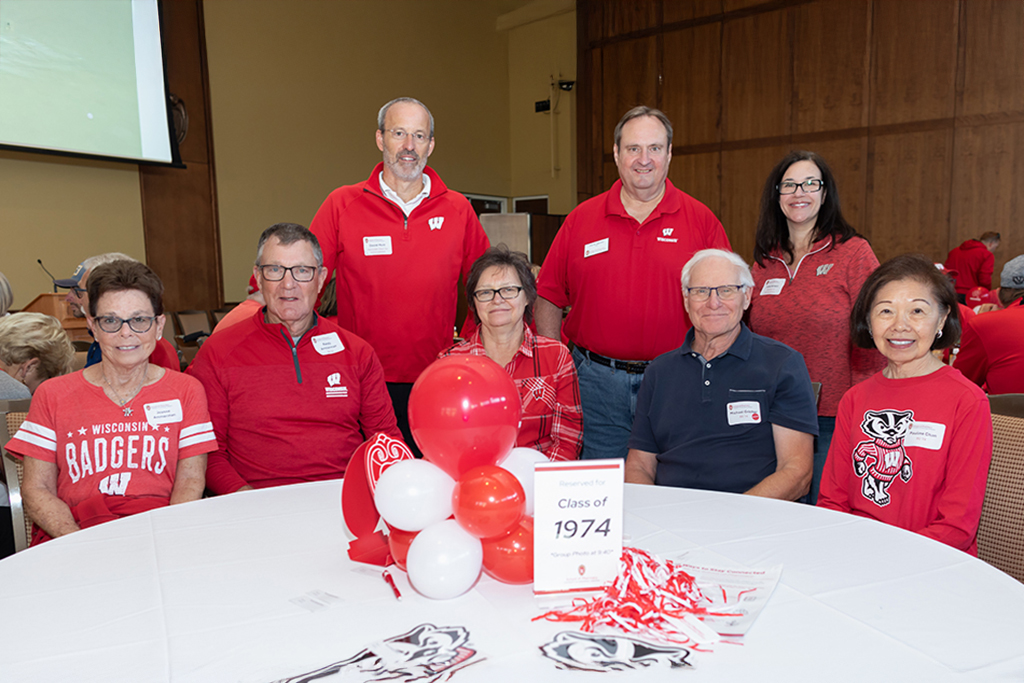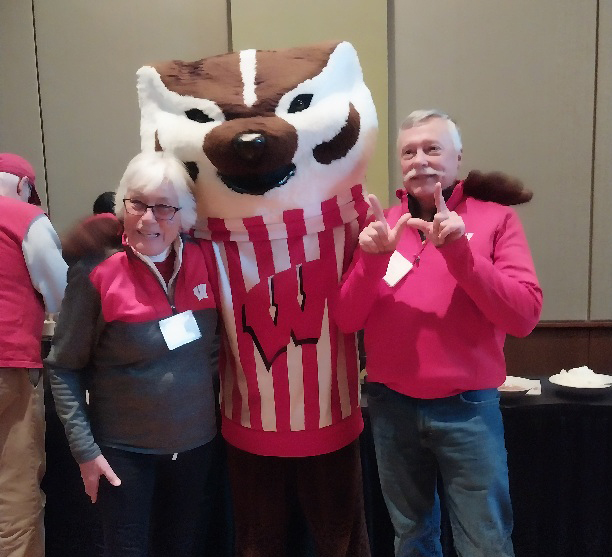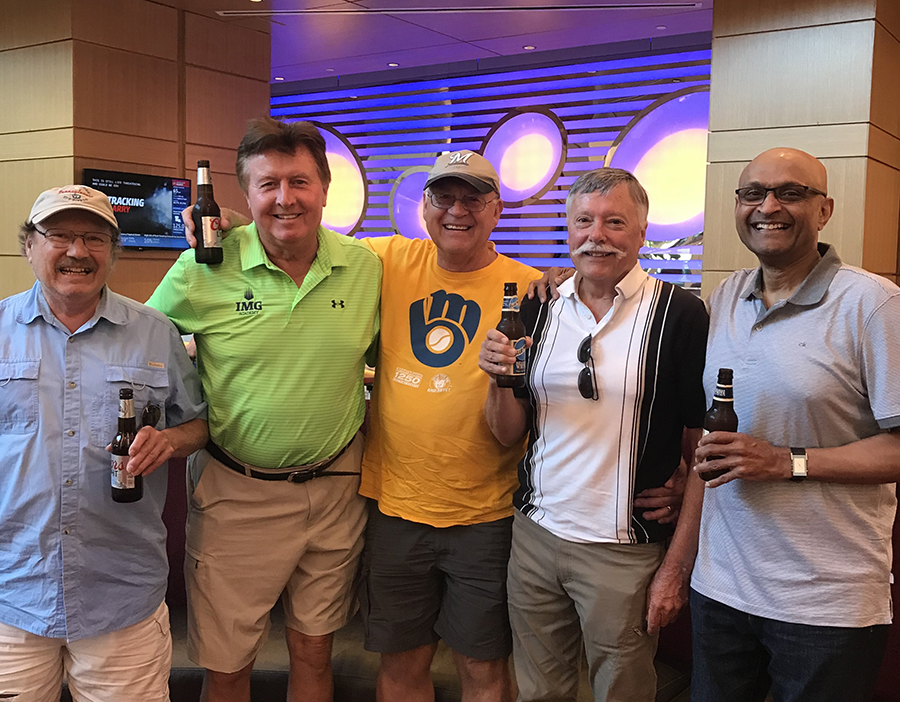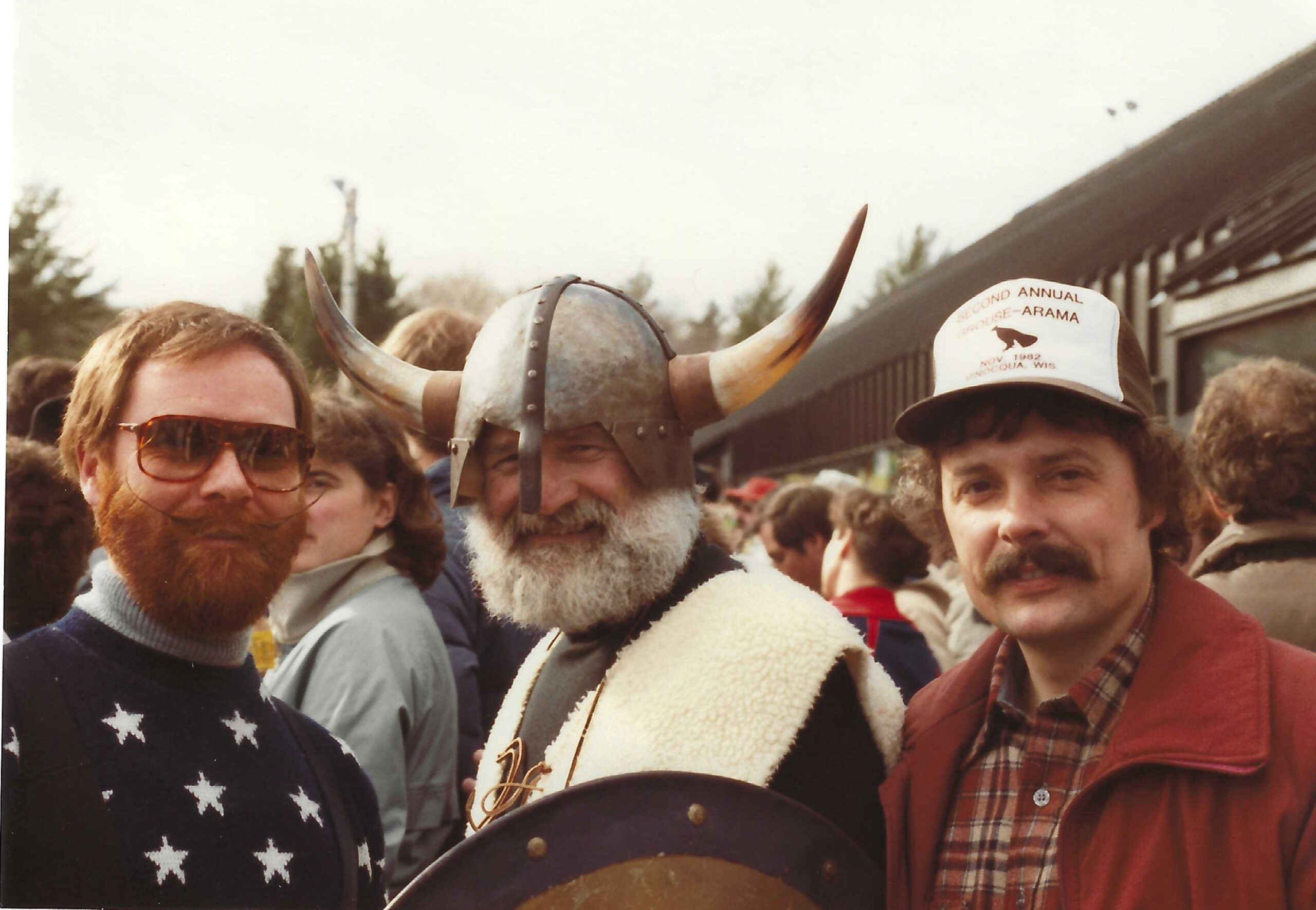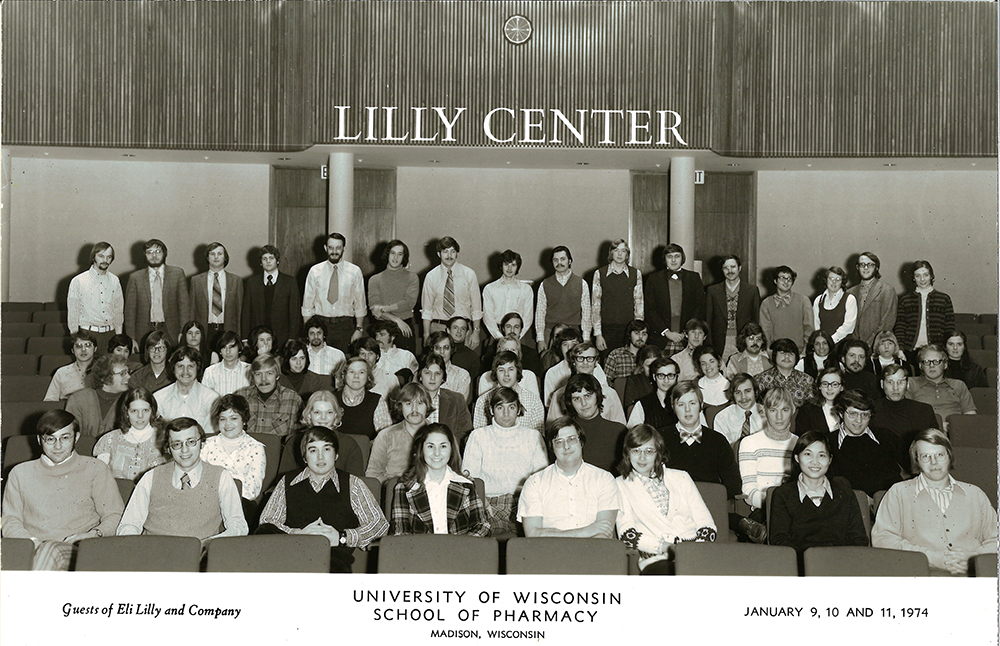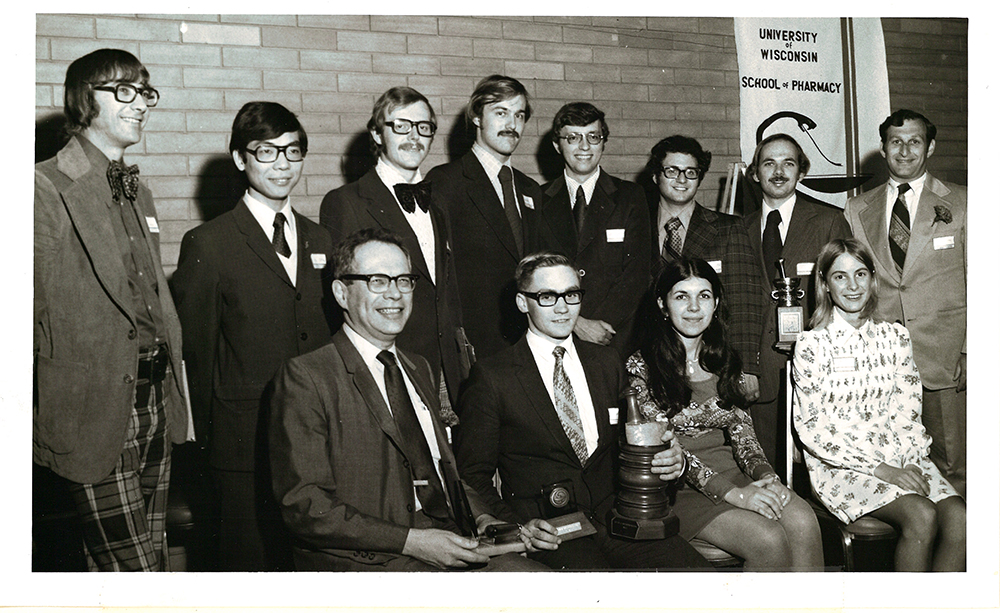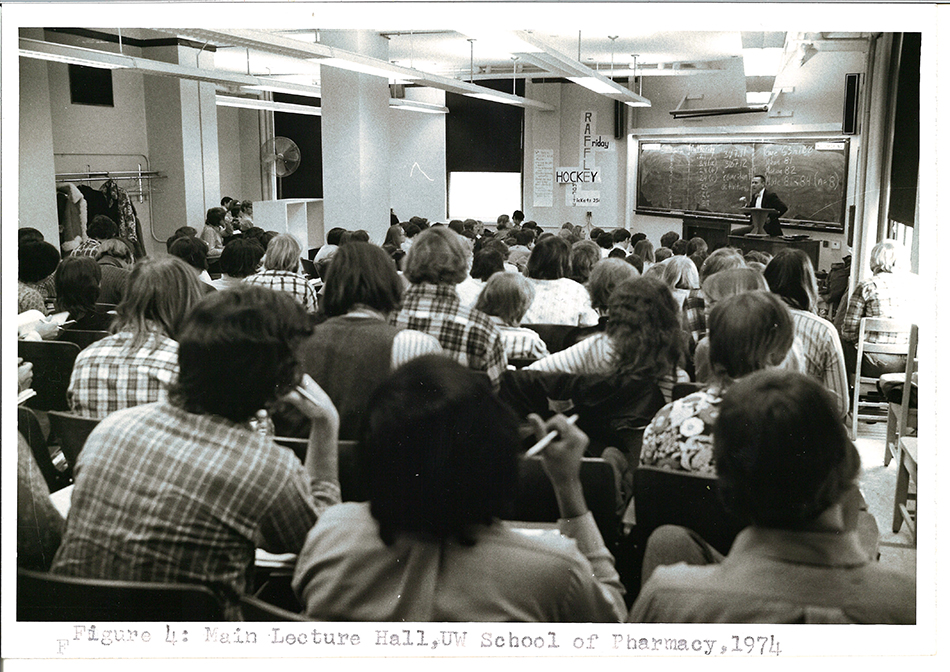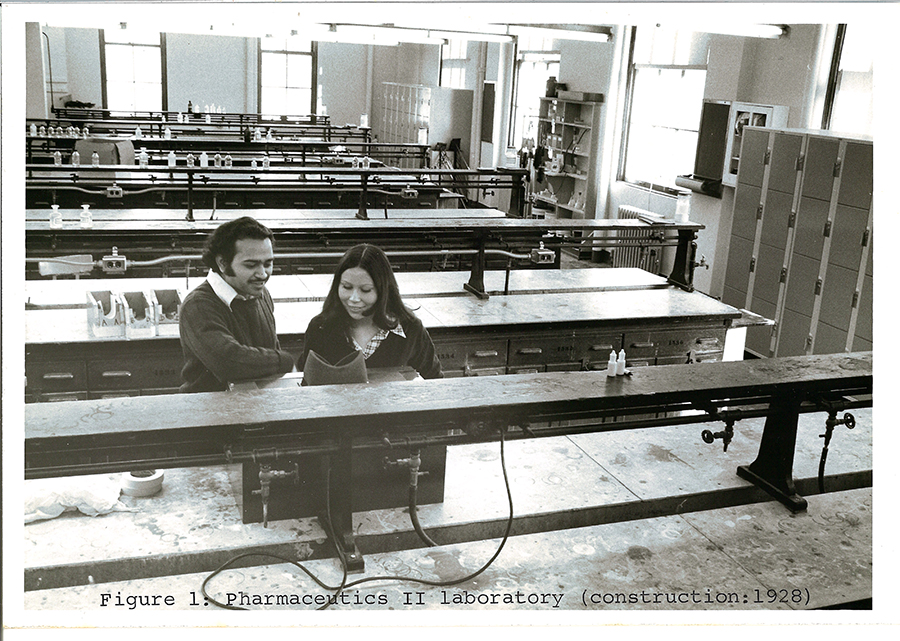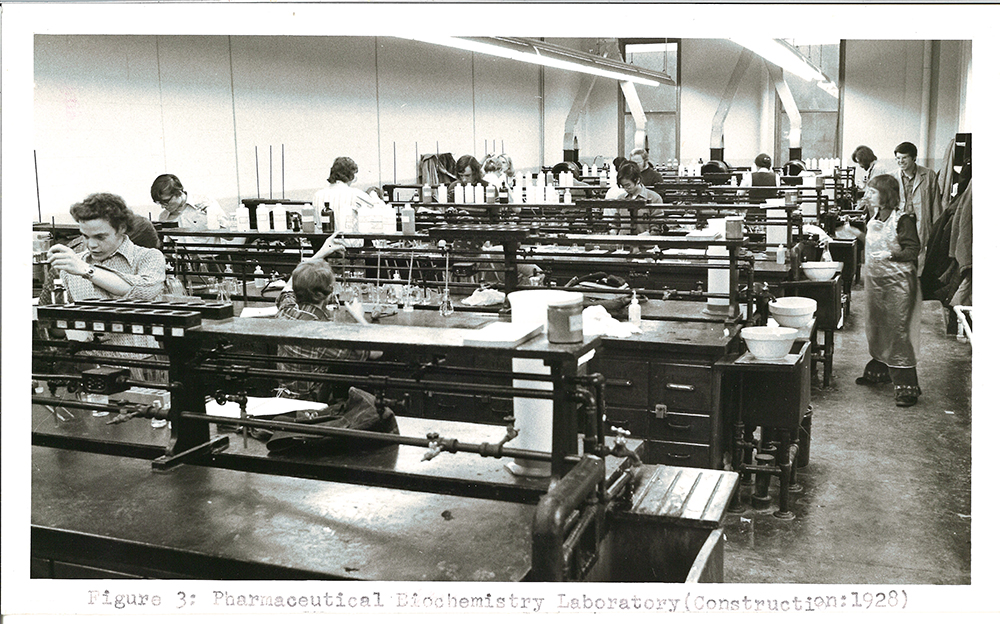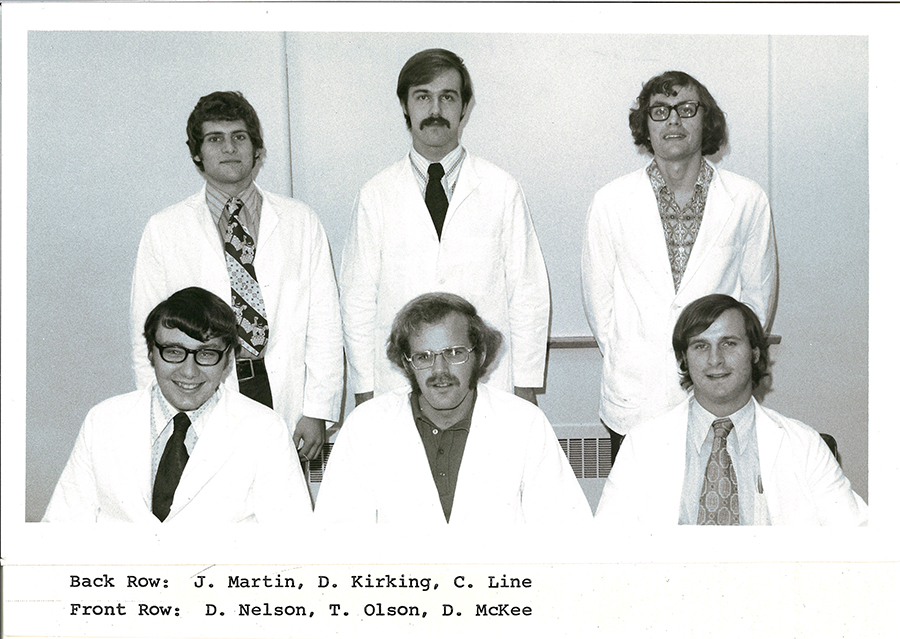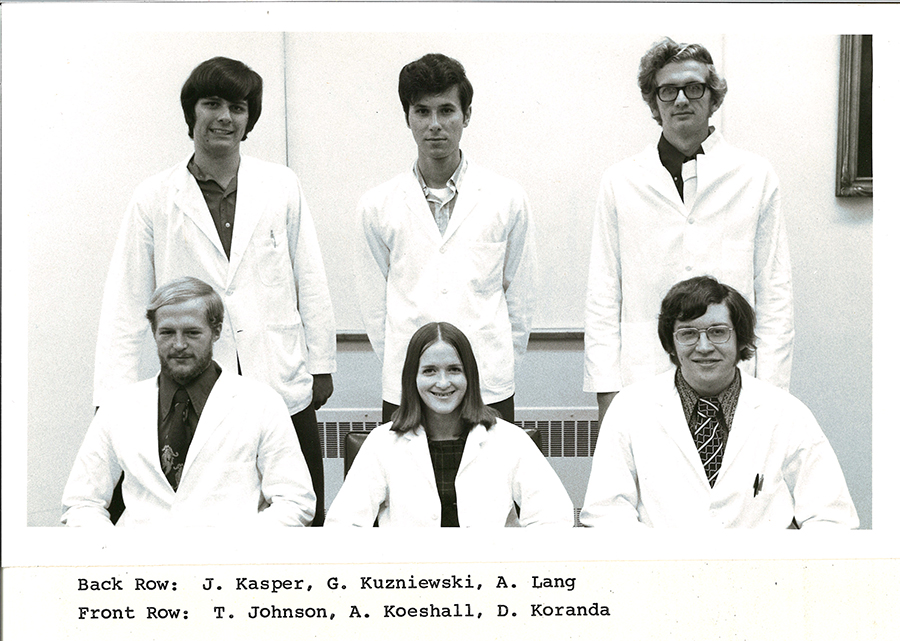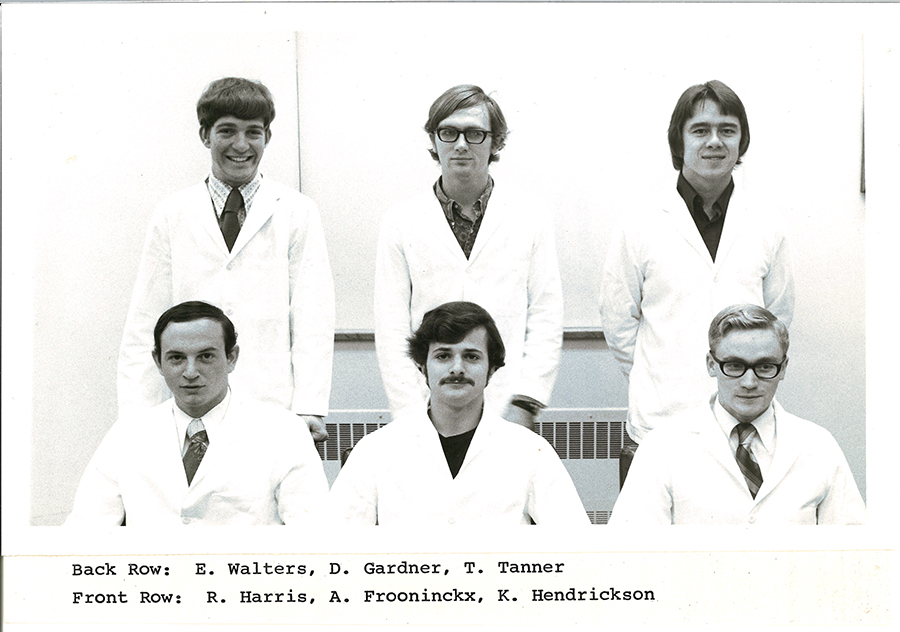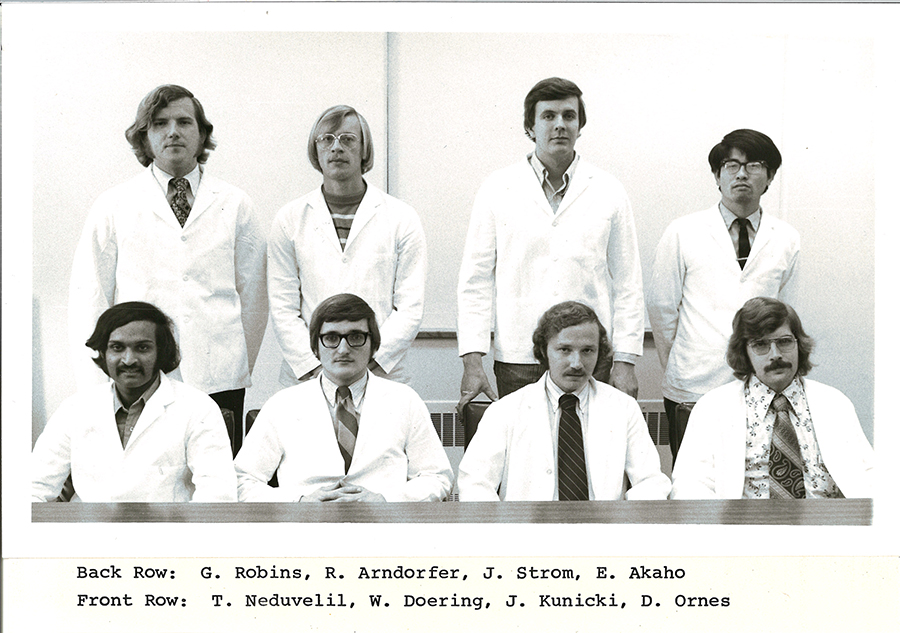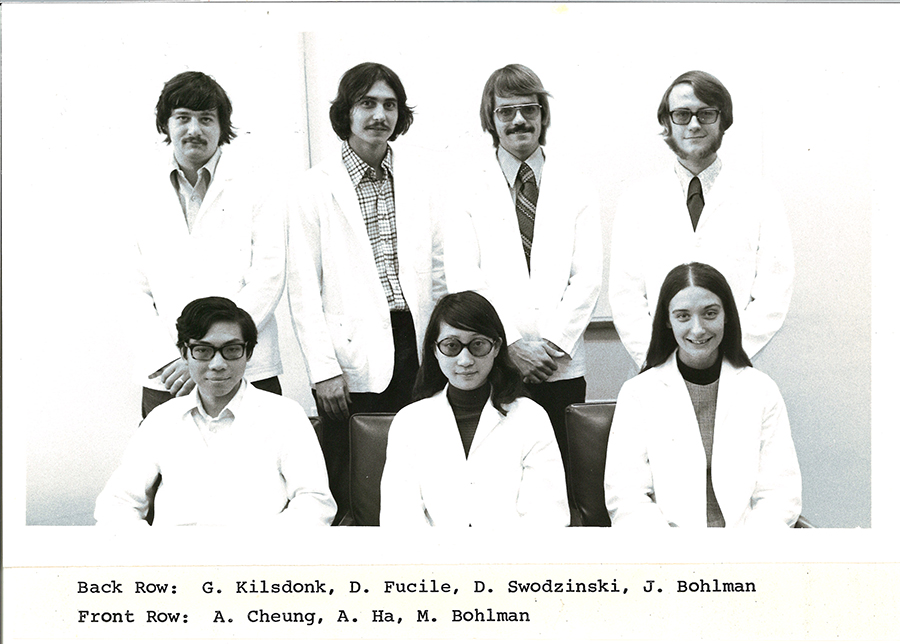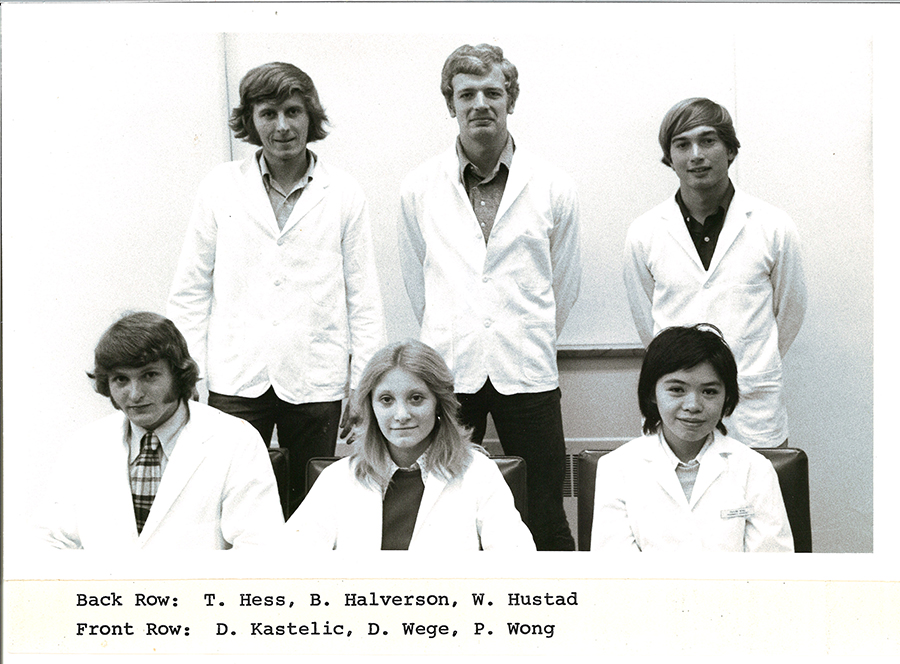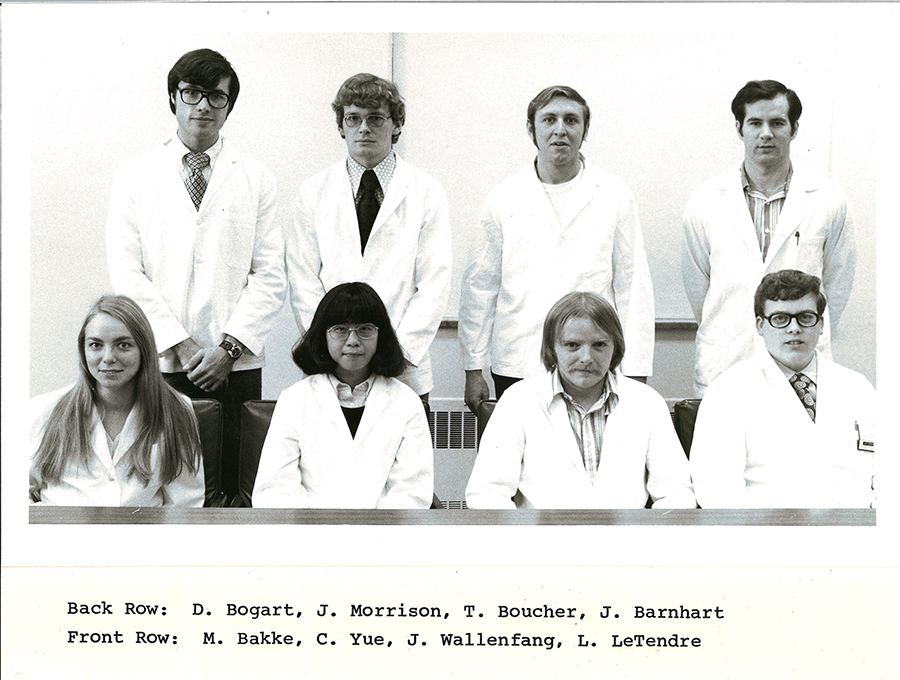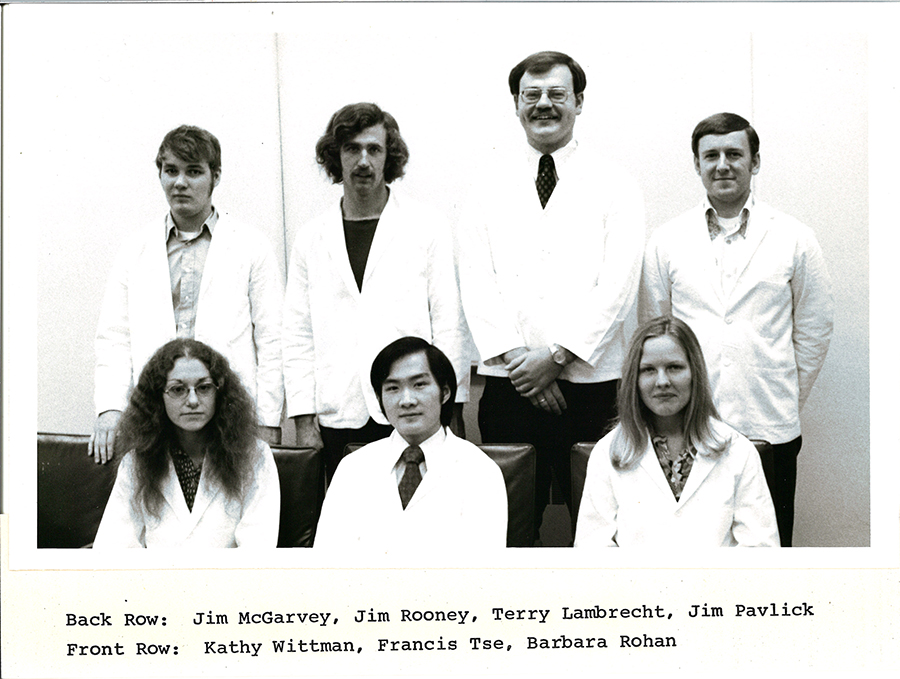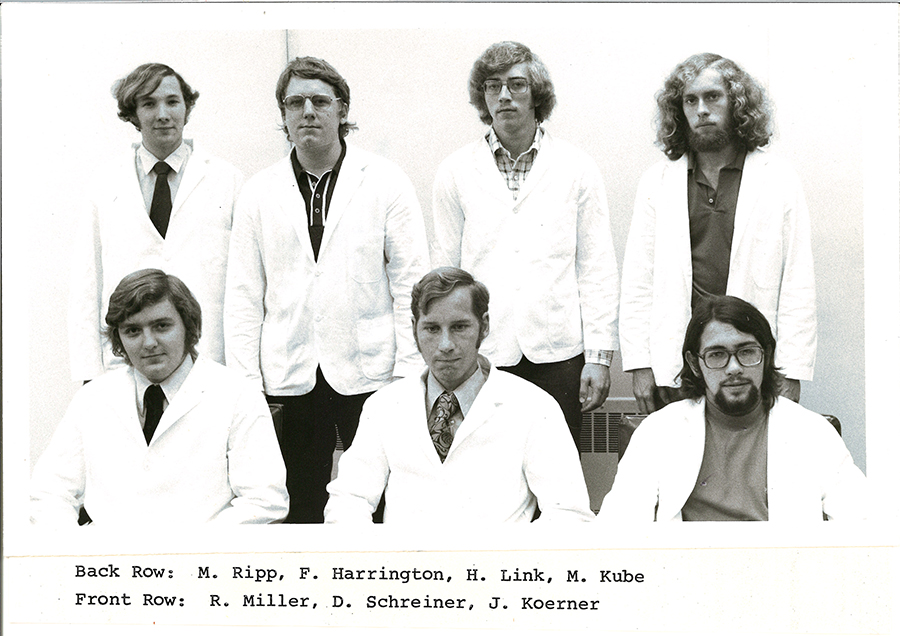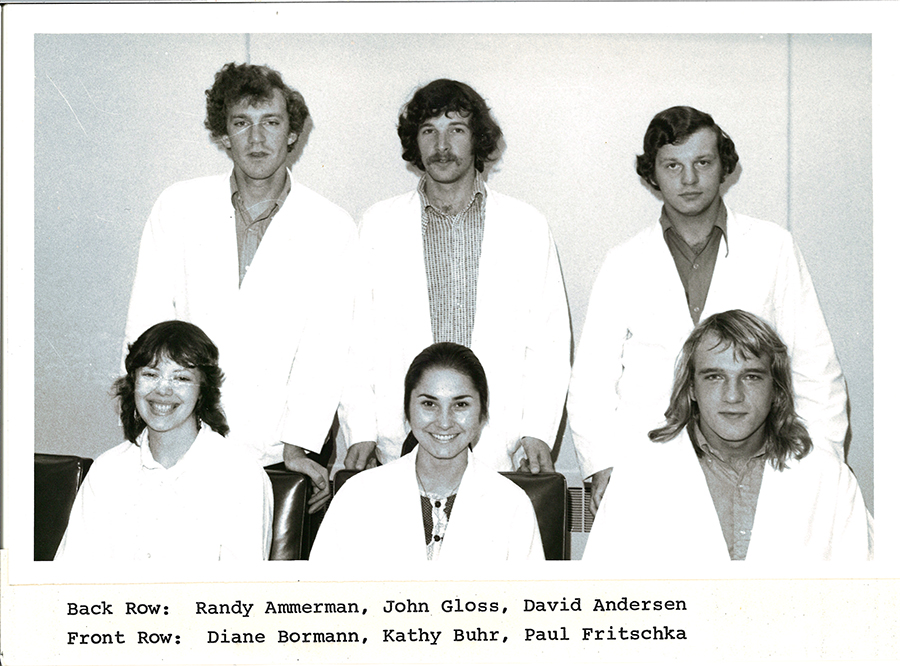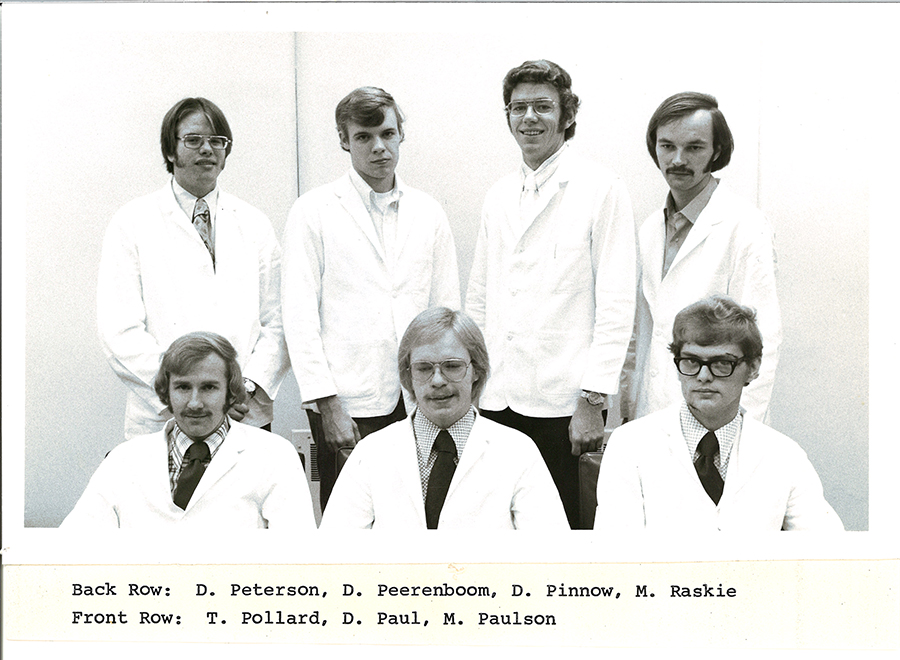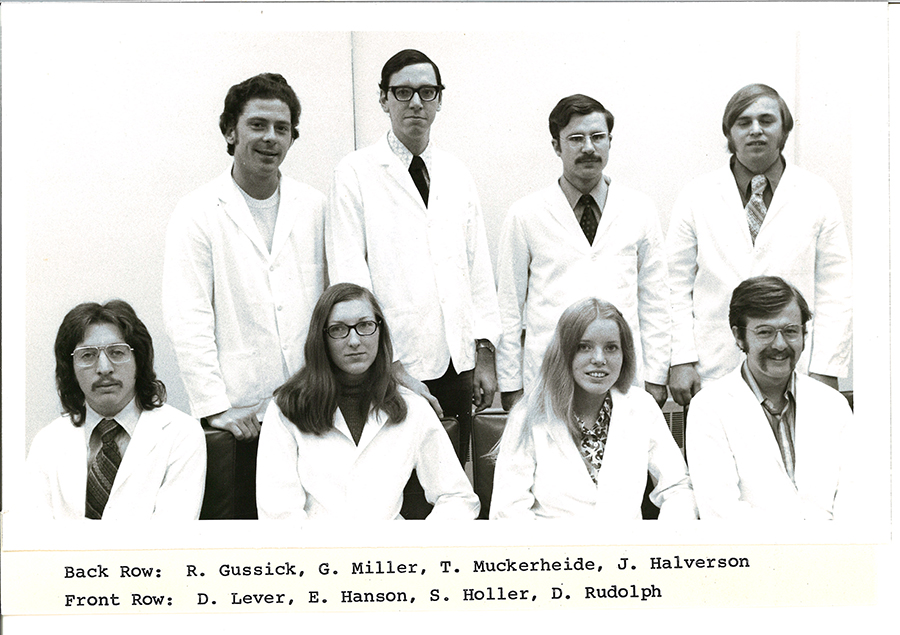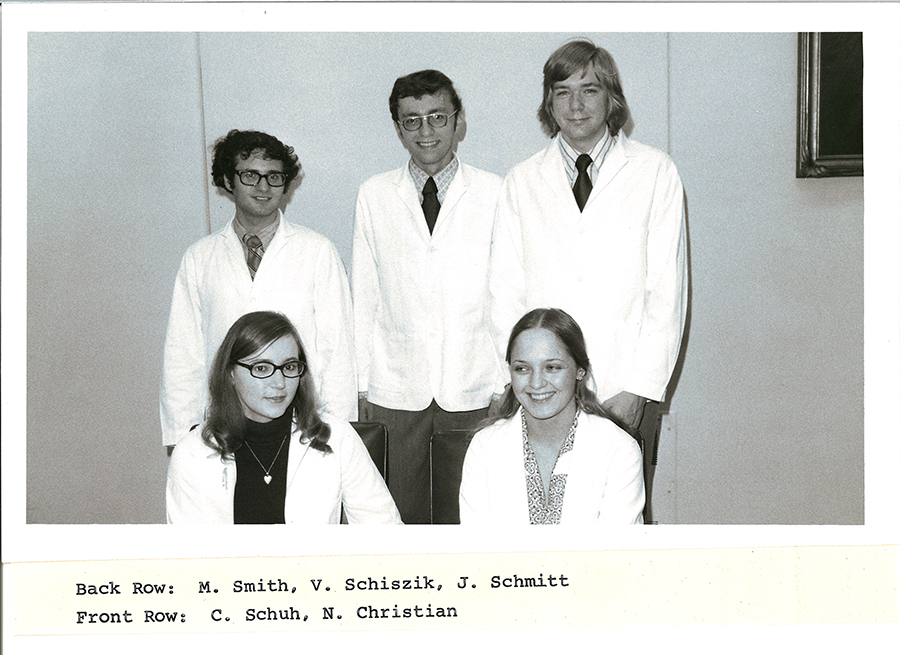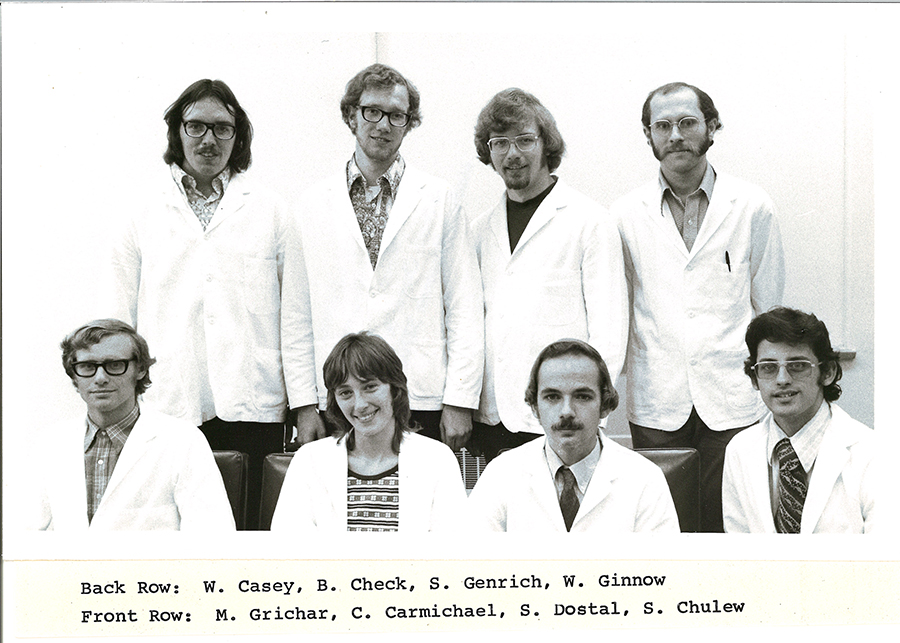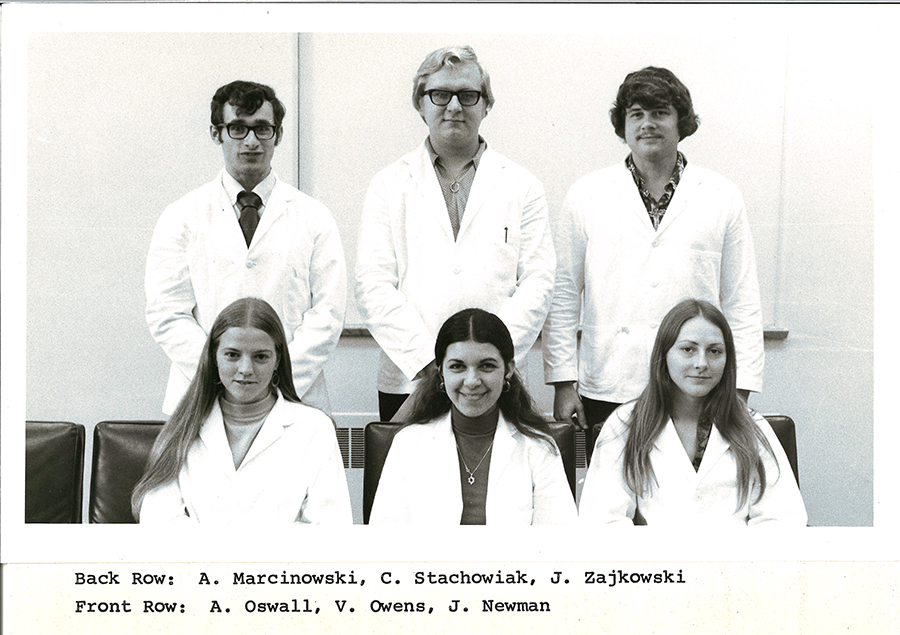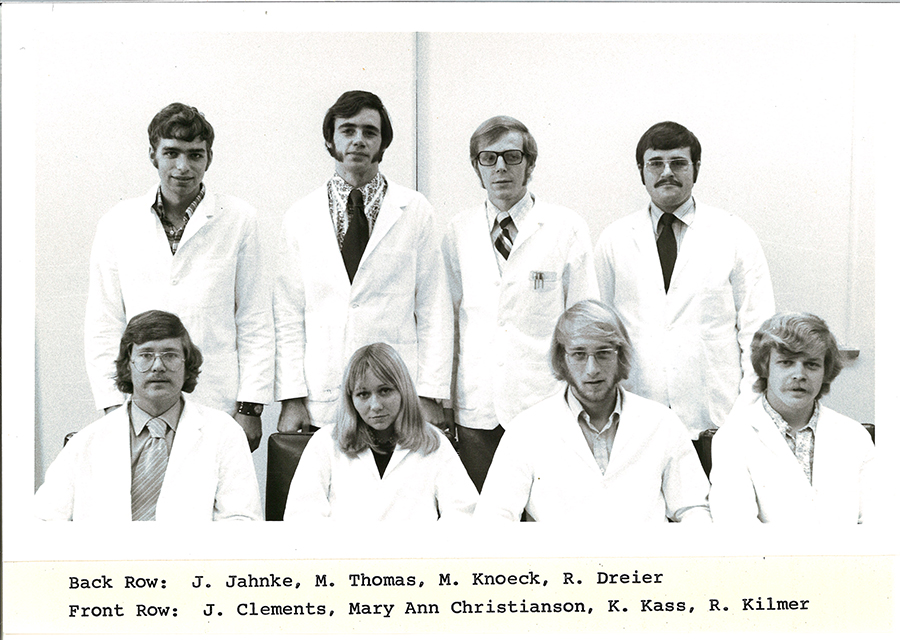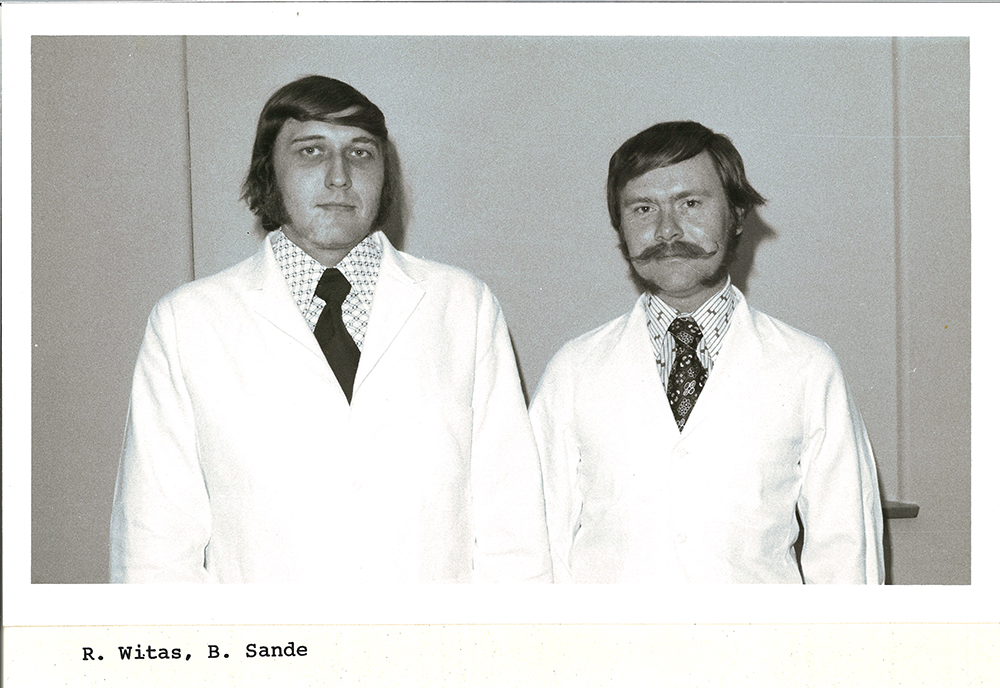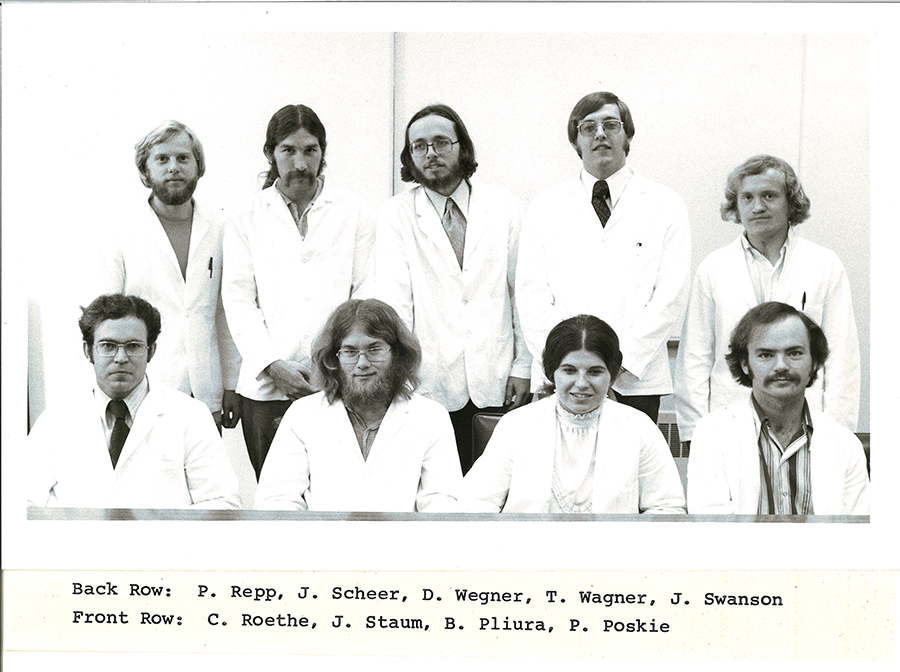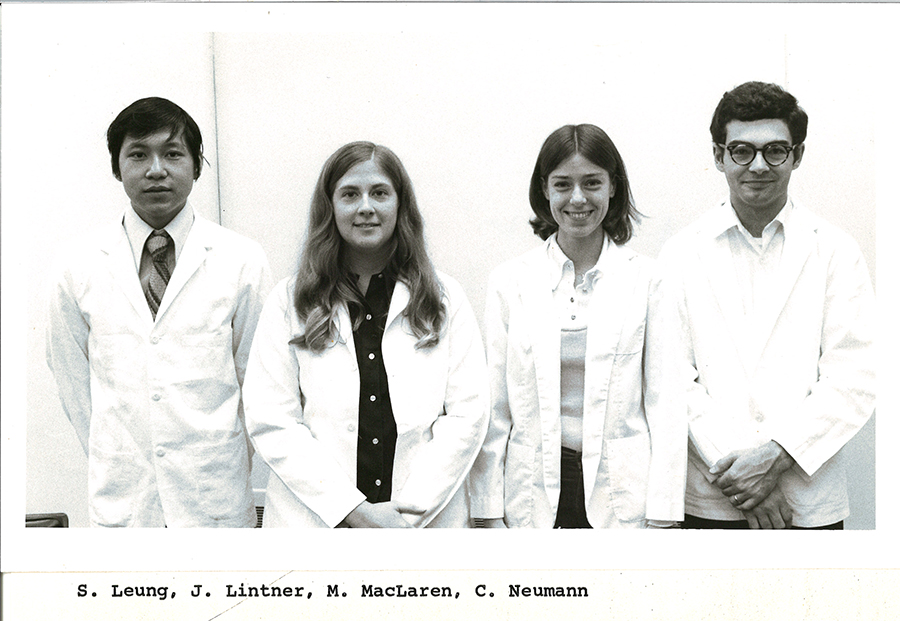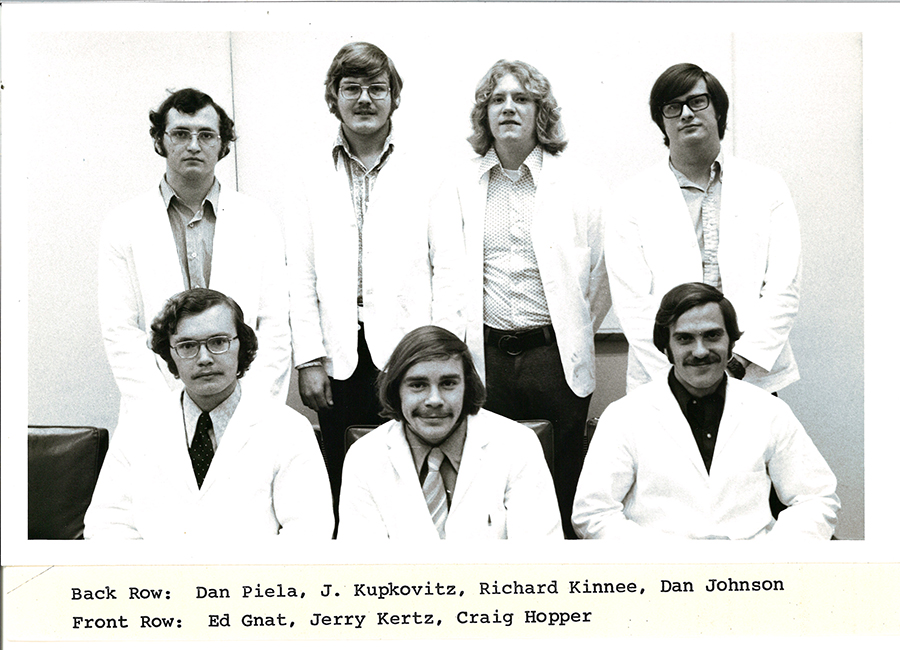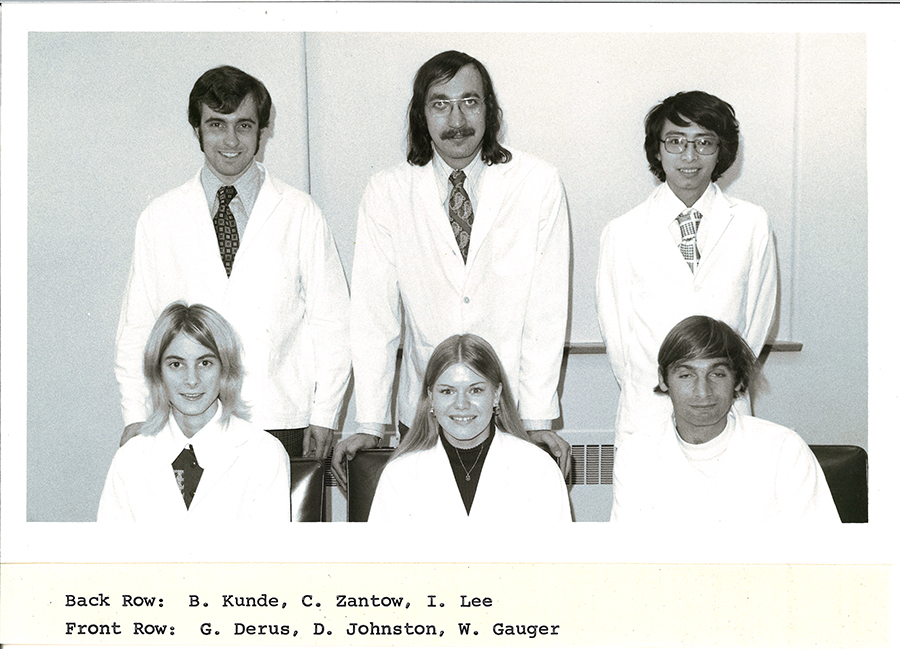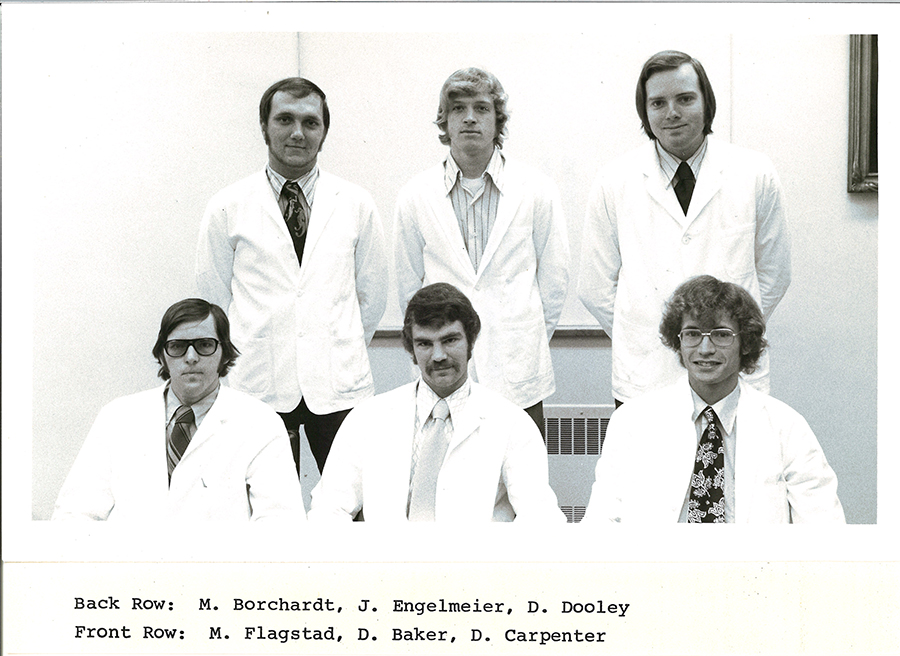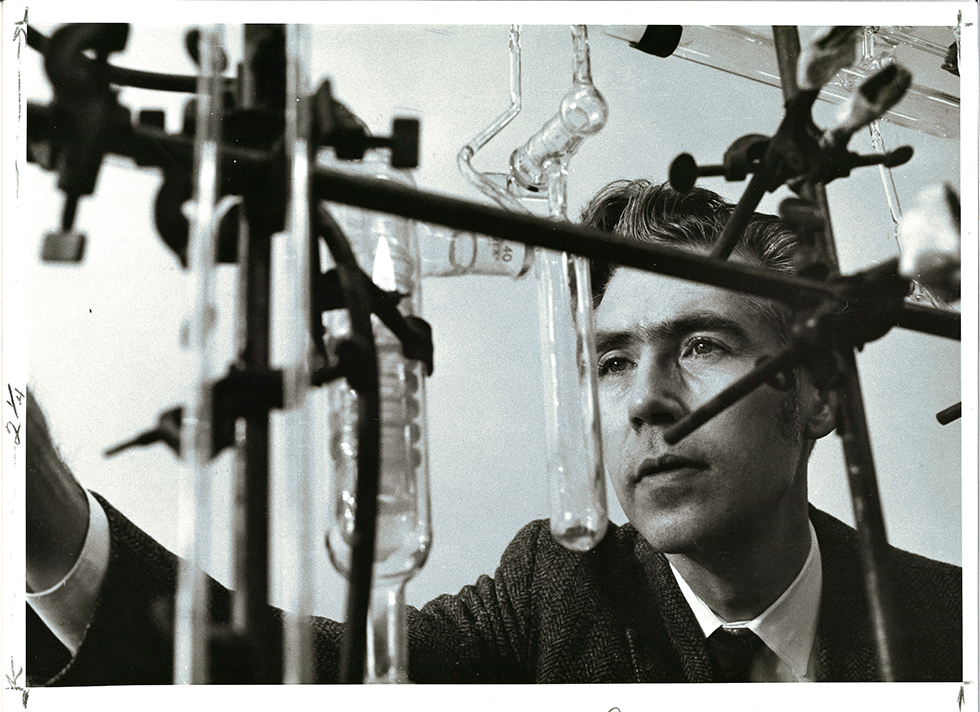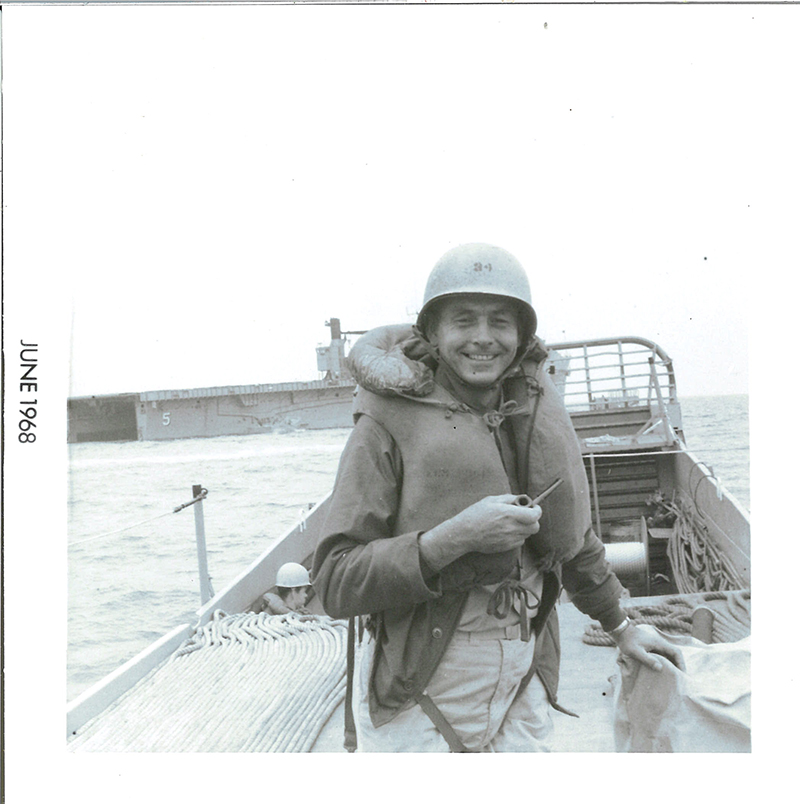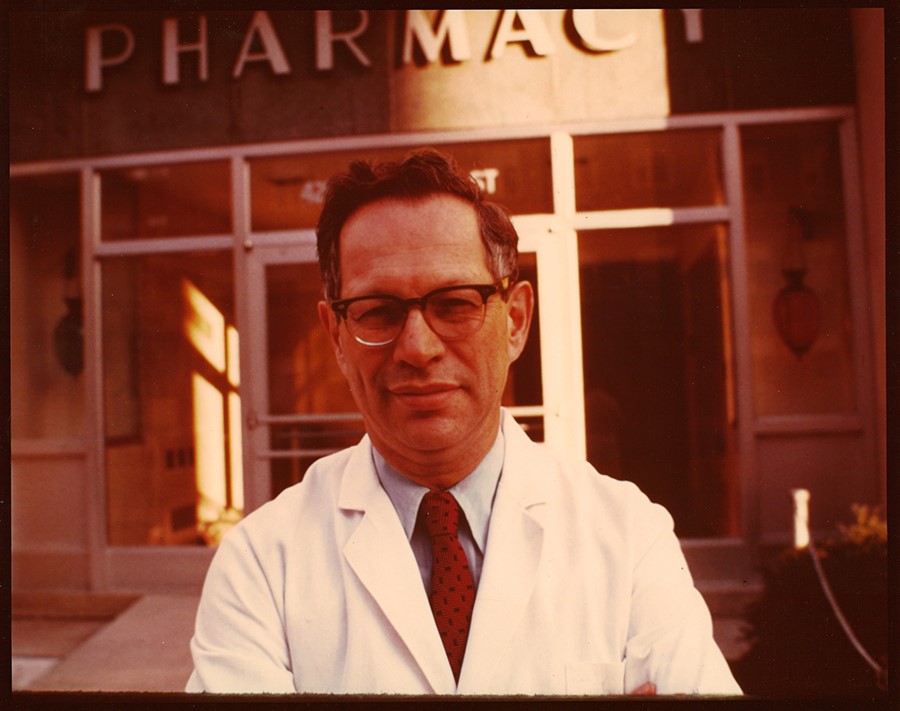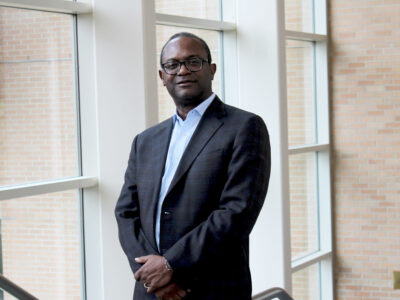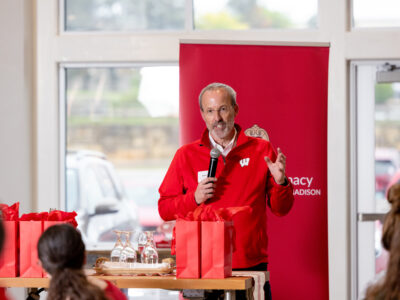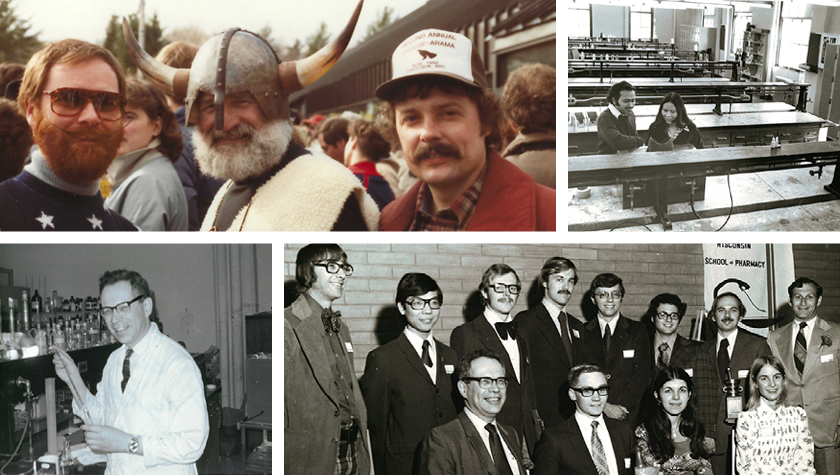
25
November

This year, the University of Wisconsin–Madison School of Pharmacy Class of 1974 celebrates a golden anniversary: the 50th anniversary of their graduation. Through a curated collection of photos and personal anecdotes from the Class of 1974, we revisit a bygone era in pharmacy history, complete with contributions from the American Institute of the History of Pharmacy.
What are the biggest changes and challenges you’ve seen in the field of pharmacy over the course of your career?
Computers! I started with typewriters. Also, generics. When I interned my job was to place the weekly brand orders and generics were just beginning.
– Jim McGarvey
The remarkable growth in the number and variety of practice environments. In our time, few graduates went to other than community or hospital practice. Occasionally, someone would venture to industry — usually as a sales representative, aka “detail man.” Now the opportunities are multifold with possibilities to advance to positions unheard of back then.
– Duane Kirking
I think the Class of 1974 is blessed to ride at the cusp of the clinical pharmacy movement in hospitals in the past 50 years. This is both a challenge and tremendous opportunity.
In 1975, after obtaining the California pharmacist license, I was hired as a staff pharmacist at Palomar Medical Center, a 300-bed hospital in Escondido, California (a suburb of San Diego). At that time, the hospital employed 2.5 full-time equivalent pharmacists and 1 technician. The pharmacy was not open 24 hours and used floor stock. The daily routine was to fill the lists of drugs ordered by the nurses and deliver to the floors, and reconciliation of narcotics and controlled substances stocks and record keeping. All intravenous admixtures were prepared in the nursing units. The biggest challenge was to convince the hospital administration to make necessary changes. With the support of the medical staff, especially the surgeons and the surgical unit nurses, the pharmacy eventually purchased its first laminar flow hood, and pharmacy began to prepare total parental nutrition (TPN) instead of in the nursing unit. I took a short course on how to prepare TPN, and trained the rest of the staff. This was a breakthrough.
In 1977, I became the founding chief pharmacist at Pomerado Hospital in Poway, California, a sister hospital of Palomar, now called Palomar West. I was able to convince the hospital administration to implement unit dose system instead of floor stock. The hospital architects were receptive to my input in the pharmacy design during the building phase. Instead of building large counters, we had open space for the rolling carts with unit dose cassettes. This change laid the foundation to build a clinical pharmacy program, including hiring our first clinical pharmacist. This was followed by formal consultation services, such as pharmacokinetic dosing, drug monitoring, medication use evaluations (MUEs), and quality improvement processes. Pharmacy also participated in hospital sponsored health fairs. The success at Pomerado convinced the Palomar administration to make similar changes. Both hospitals also began to provide 24 hours pharmacy services.
In the 1980 and ’90s, the hospital pharmacy profession continued to advance, giving rise to subspecialties including oncology, cardiology, infectious disease, and other specialties. With the publication of “To err is human,” and the launching of the national safety goals, the focus on eliminating medication errors also provided tremendous challenge and opportunity for pharmacists.
To serve as a founding “chief pharmacist” is a once in a lifetime opportunity, and I am deeply honored. To be able to make changes and see the impact, is both a humbling and profound experience.
— Pauline Chan
What is a vivid, specific memory you have from your time at the School of Pharmacy?
When I returned to my pharmacy lab in the old Pharmacy building the fall after the Sterling Hall bombing, we had to remove all the broken glass from the lab.
– Jim McGarvey
The first exam in Prof. Angaran’s class which utilized the highlighter that revealed the answer. There were plenty of moans and groans and other vocalizations during that test period.
– Tom Blumenberg
Clinical case-based therapeutics exams designed by instructors David Angaran and Cab Bond that when you selected your answer by swiping a special marker across the multiple choice you chose, revealed that answer as correct or if wrong (as was frequently the case for me) gave you a clinical clue to guide you to your next choice.
— Duane Kirking
My most vivid and specific memory at the School of Pharmacy is taking the jurisprudence course in the final semester of the pharmacy school. We were forewarned that if we do not pass this course, we will have to repeat the class, which is offered in the second semester only. This also means not being able to graduate with my classmates and waiting a year until I pass this course. To be able to listen and capture accurately what was taught in the lectures, I brought a recorder to class to capture every word, and then transcribed into notes. Fortunately, other classmates were kind to lend them their notes to me. It was an intense semester, and terrifying. To my great relief I passed. To this day, I am still grateful to the classmates who helped me throughout the course.
— Pauline Chan
How did the Sterling Hall bombing or Vietnam War protests shape your experience at UW?
I was not directly involved, but it was a reminder of how fierce the feelings were surrounding the Vietnam War.
– Tom Blumenberg
As a freshman in 1969, protests — in which I openly participated when they were peaceful — helped me solidify my opposition to the Vietnam War. In a larger sense, observing responses by different segments of the University and community populations provided a first-hand lesson on the importance of considering differing sides and perspectives in arriving at one’s own convictions.
Regarding the bombing specifically, sliding your hand down the wall of our Pharm. Chem. lab, which faced Sterling Hall, could lead to a cut from shards of glass embedded there when the windows were blown out, a reminder of the ultimate price paid by researcher Robert Fassnacht, whose name I have never forgotten.
— Duane Kirking


